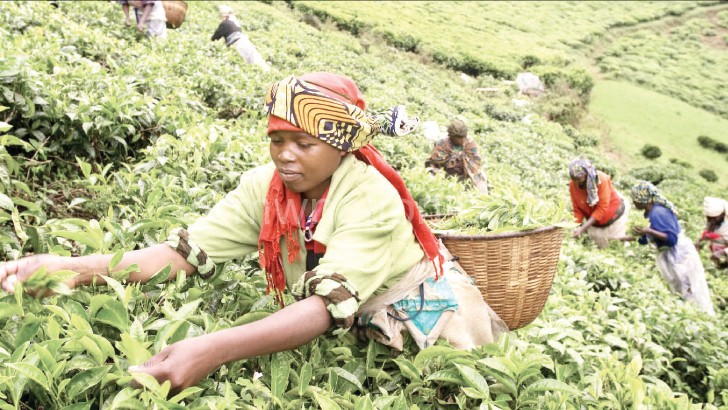Malawi-comesa Trade gap widens
The negative trade gap between Malawi and the 19-member Common Market for Eastern and Southern Africa (Comesa) continues to widen, with figures showing that the deficit peaked at $12 million (about K9 billion) in 2015.
This means that Malawi continues to import more from the Comesa trade bloc as compared to exports, according to Trade and Law Centre (Tralac) figures which indicate that Malawi exported $212 million (K155 billion) worth of goods compared to imports at $224 million (about K164 billion).
In separate interviews last week, National Working Group on Trade Policy chairperson Frederick Changaya and Catholic University head of economics department Gilbert Kachamba said Malawi has failed to benefit from the intra-Comesa trade; hence, the continuing negative trade gap.

Trade experts say at macro-level, high transport costs, high interest rates and weak industrial linkages that leave producers importing most of their raw materials also make domestically produced products more expensive than their competitors on the international market.
Changaya said that at K9 billion negative trade balance and roughly 2.8 percent market share, Malawi is not benefiting from the regional integration initiative.
He said: “Our economic platform is not conducive for us to trade competitively on the Comesa trade-bloc more so because we have no comparative advantage over them.
“We are vulnerable as an economy in so many ways starting from the frequent electricity outages, high inflation and interest rates and high transportation costs.”
Changaya said economies such as Kenya and Egypt, for instance, are more concerned with exporting their products to countries such as Malawi than importing “because our products are priced more than our counterparts due to high production costs.”
Tralac figures show that Egypt and Kenya registered the biggest share of intra-Comesa export market in 2015 at 22 percent and 17 percent, respectively.
On the other hand, Zambia, Democratic Republic of Congo (DRC) and Uganda trail the two countries at 13 percent, 12 percent and 11 percent market share, respectively.
With regard to intra-Comesa import market share, Zambia registered the biggest share at 24 percent with goods worth $2 billion in 2015.
DRC, Sudan, Uganda, Libya, Kenya and Egypt followed at 11 percent, 10 percent, and nine percent, eight percent, 7.4 percent and 6.7 percent, respectively.
On his part, Kachamba said that there is need to encourage export diversification and encourage policies that improve exports.
“We are not benefiting as a country from this regional integration. Most of our exports are unprocessed, attracting lower prices.
“Again, as a country, we are importing a lot of manufactured products, which is affecting our trade balance. As a way out, the best would be to encourage export diversification as well as have in place policies that would encourage the manufacturing industry,” he said.
In an earlier interview, Ministry of Industry, Trade and Tourism spokesperson Wiskes Nkombezi said there is need to tame the huge appetite for some imports that are domestically found.
The five-year National Export Strategy (NES) targets to raise a share of imports from 51.5 percent recorded in 2010 to 75.7 percent in 2017and 93.4 percent in 2022.
The strategy prioritises three export-oriented clusters for diversification; oil seeds products, sugarcane and manufactures. n





